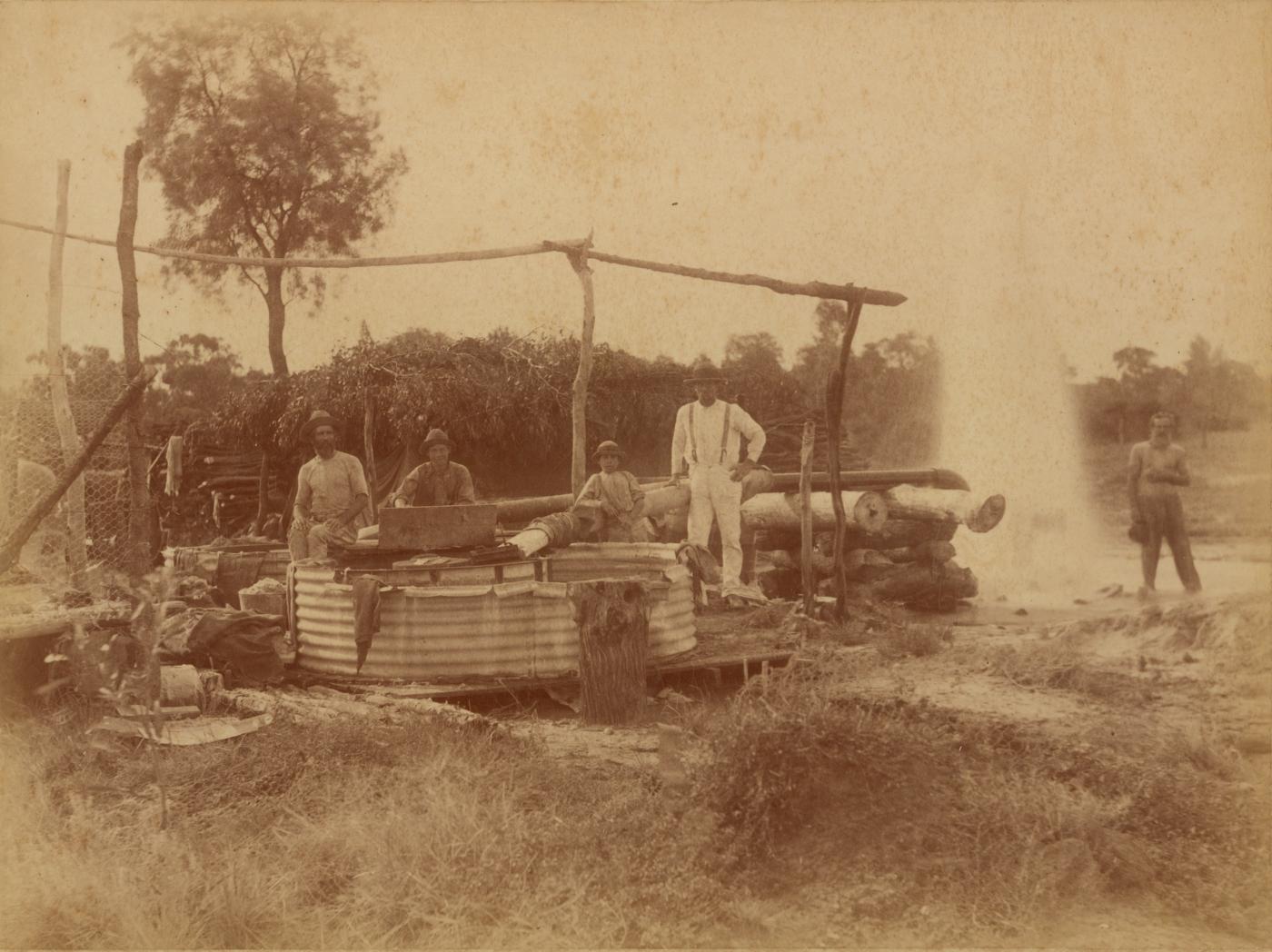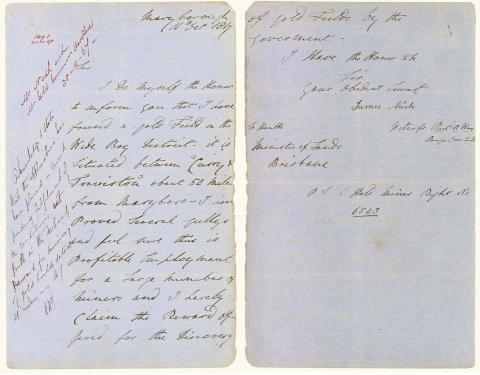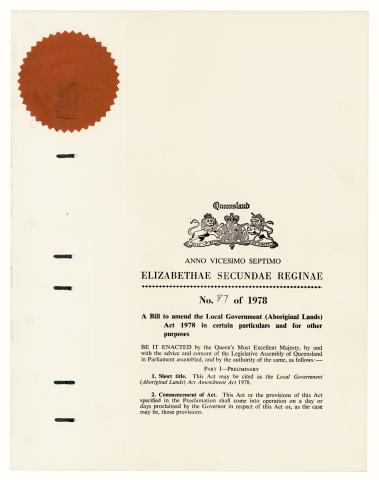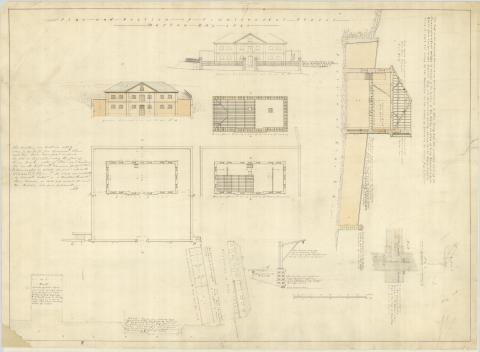
- Background
-
The possibility of sub-artesian water being found in Queensland was first recognised by Queensland Government Geologist, Robert Logan Jack in 1881. Jack noted the presence of a non-porous Cretaceous cap in north-western Queensland and his tabled report in parliament generated considerable interest. When drought gripped wide areas of the colony two years later, the government was pressured to take action. Within a year a number of private bores had begun tapping sub-artesian supplies, particularly in south-western Queensland and in 1886 Jack and the Government Hydraulic Engineer, J. Baillie Henderson, sank the first successful government bore at Barcaldine. Robert Christison of Lammermoor Station near Hughenden was among other northern pastoralists inspired by the government’s efforts, and began tapping his own supplies by 1889. These developments proved crucial to Queensland’s pastoral industry and by 1909 around 716 bores (including Beel’s Bore at Hariman Park Station near Cunnamulla) were producing almost 790 million litres of water per annum. The downside was that almost two-thirds of the total supply flowed to waste and, as Jack had warned decades before, sub-artesian water was a finite resource which could easily be over-exploited if the outward flow exceeded the inflow of rainfall. Declining yields have since led to a policy of capping previously uncontrolled bores.



